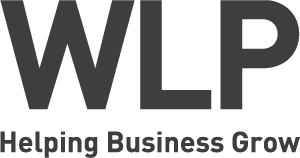In recent years much of my work has been within ‘make to order’ environments where the products are tailored to the specific requirements of customers. As is so often the case, managers are focused on keeping the production staff busy, sometimes pulling orders forward when demand is slack. This risks customer’s changing requirements resulting in rework or scrap. When demand is high, lead times stretch, resulting in potential loss of sales.
In order to be more in control there are three steps needed:
- Understanding Your Demand
- Understanding Your Capacity
- Knowing How to Flex Your Capacity
The ability to make is very dependent on your capacity to make. Your capacity is very dependent on what you are being asked to make. Thus, the first step is to understand your demand, then you can use this information to estimate your capacity. My previous Blog “Capacity in a Make to Order / Bespoke Environment” talks about this process in more detail.
The problem with make to order manufacturing is that you can’t hold finished stock. Thus, the key to managing capacity is to have strategies for both higher than normal and lower than normal demand.
The key areas to think about for higher than normal demand are:
- Using standard components and materials as far as is possible
- Dual sourcing for your most at risk components or materials
- Streamlining your manufacturing process to ensure production flows effectively
- Ability to flex your labour requirement up quickly
- System for forecasting that gives you time to react
The key areas to think about for higher than normal demand are:
- Using standard components and materials as far as is possible
- Ability to slow down or switch off supplies of components or materials
- Streamlining your manufacturing process to ensure production flows efficiently
- Ability to flex your labour requirement down quickly
- System for forecasting that gives you time to react
I will tackle these key areas in future blog posts. In the meantime, if anything covered in this post is of interest, please feel free get in touch with me on enquiry@w-l-p.co.uk.
Next post: Improving productivity in MTO production environments

